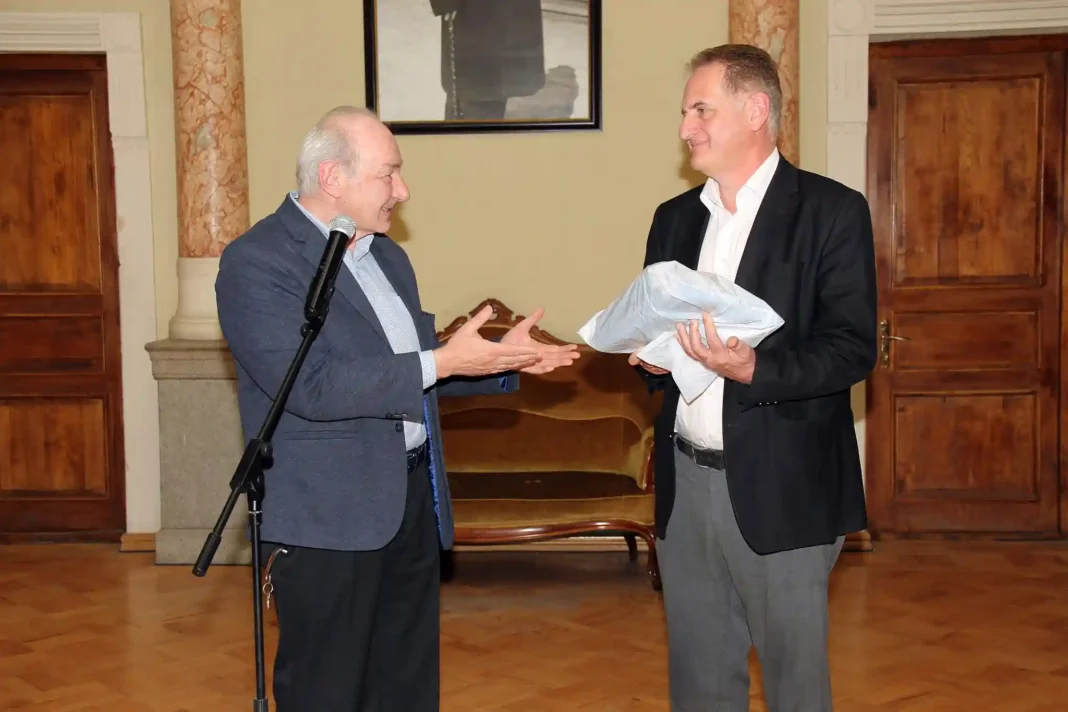Georgia: The 4th International Spring School “Abkhazia: from ancient times to today (historical-cultural aspects)” was opened in the National Library of Georgia. The opening event was organized by the National Manuscript Center on May 22, 2025, Thursday.
The National Centre of Manuscripts of Georgia shared glimpses of the opening ceremony on its Official Facebook Page. The Centre also shared a small note about the event, along with the photographs.
The event was opened by Zaza Abashidze, the director of the National Manuscript Center. Notably, the Deputy Minister of Education, Science and Youth of Georgia Ana Mghebrishvil attended the event and addressed the society with a welcome speech.
Along with him, the Director of the National Library of Georgia Konstantine Gamsakhurdia, and the Chairman of the Supreme Council of the Autonomous Republic of Abkhazia Jemal Gamakharia were also present at the event.
Furthermore, the Head of the project, senior scientist of the National Manuscript Center Tea Georgvelishvili, and project coordinator, head of the National Handuscript Center for Education and Qualification Project Service Irina Gogonaya talked about the content and objectives of the International School.
Main Goal of the Project
The main goal of the project is to understand the history of the integral part of Georgia, its occupied territory – the Autonomous Republic of Abkhazia – based on modern scientific standards, discuss current issues and draw future research perspectives, interest of young scientists in the research of issues related to Abkhazia, integrate Georgian scientists in the international scientific space It’s going down.
The spring school program includes six learning modules:
- The terms “Abkhazia” and “Abkhazian”;
- Abkhazia from ancient times to the middle centuries;
- Abkhazia: From “Abkhazian Kingdom” to occupied territory;
- Presence in Abkhazia: Ethnological excursion;
- Abkhazia: cultural heritage;
- Abkhazia in the collections of the National Manuscript Center.
However, the project is implemented with the participation of Sokhumi State University and the financing of Shota Rustaveli National Scientific Foundation.



